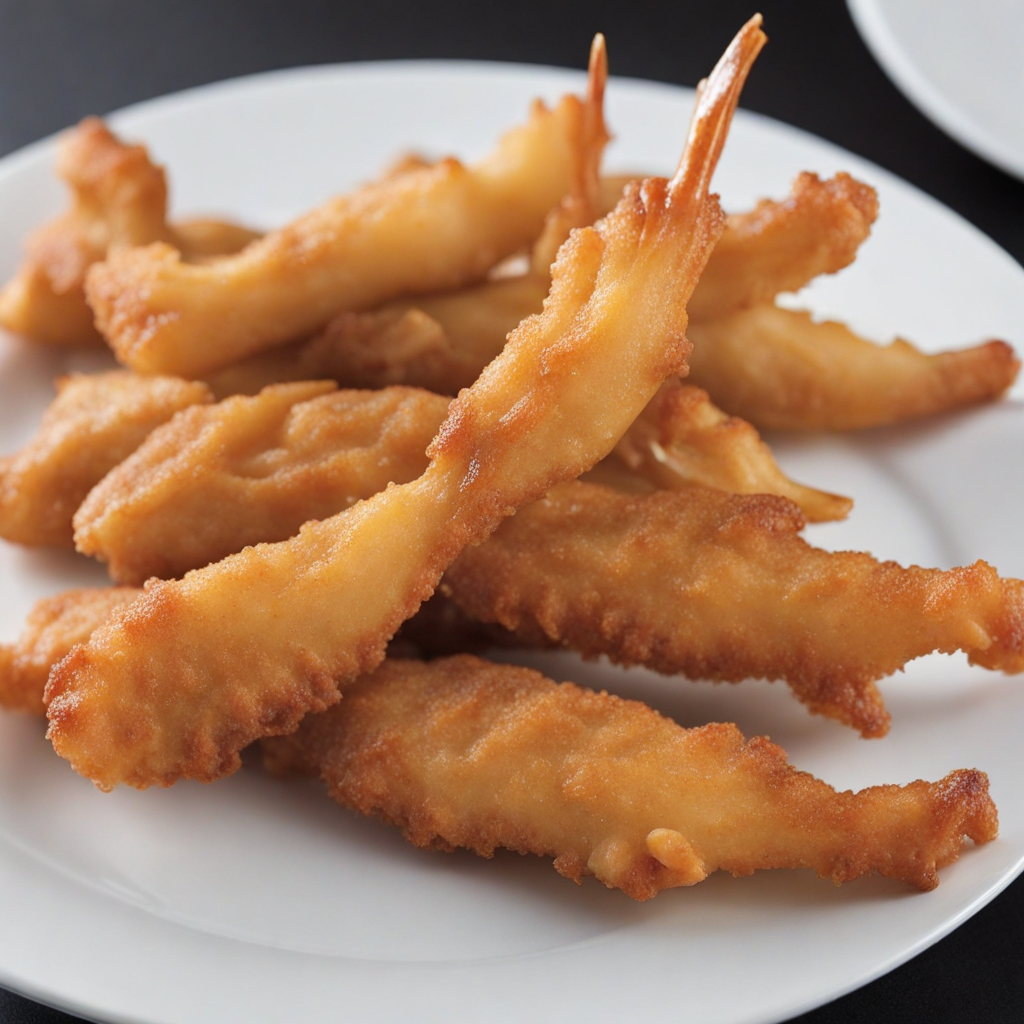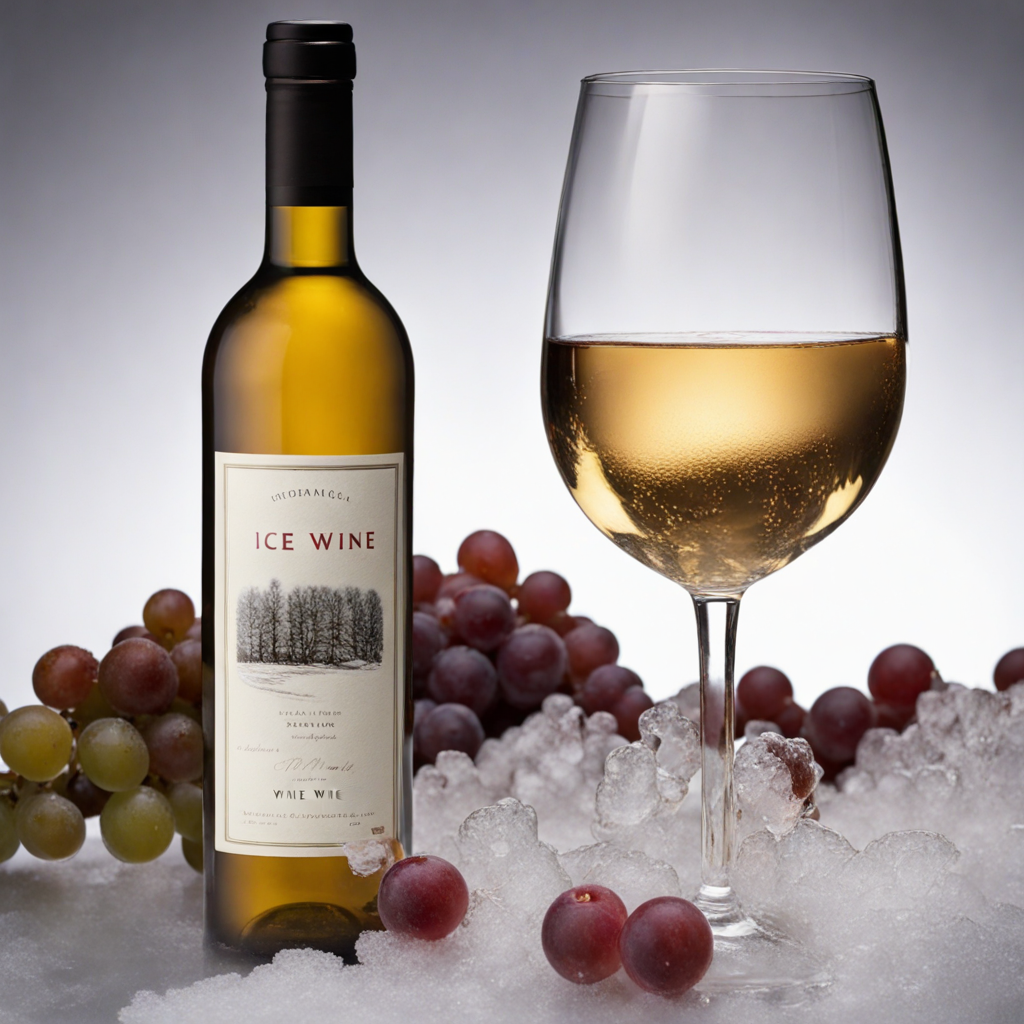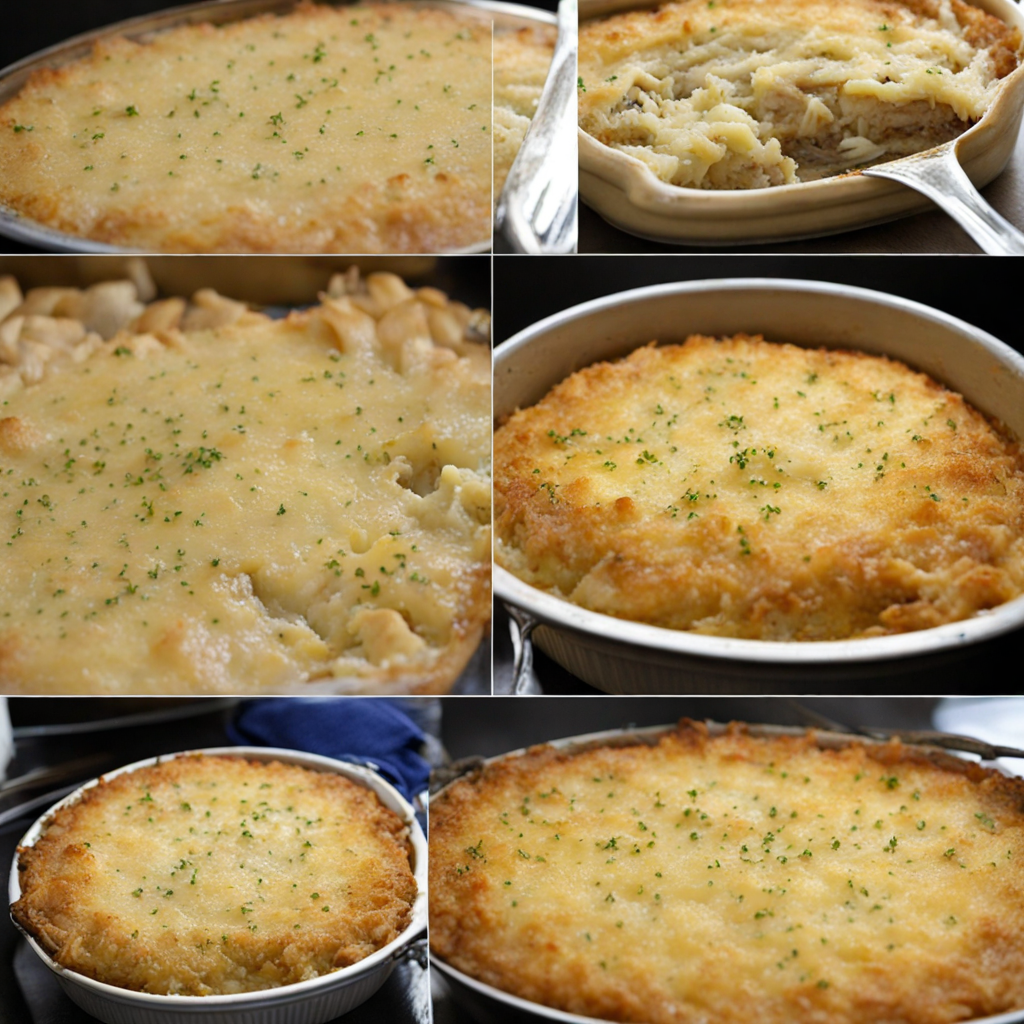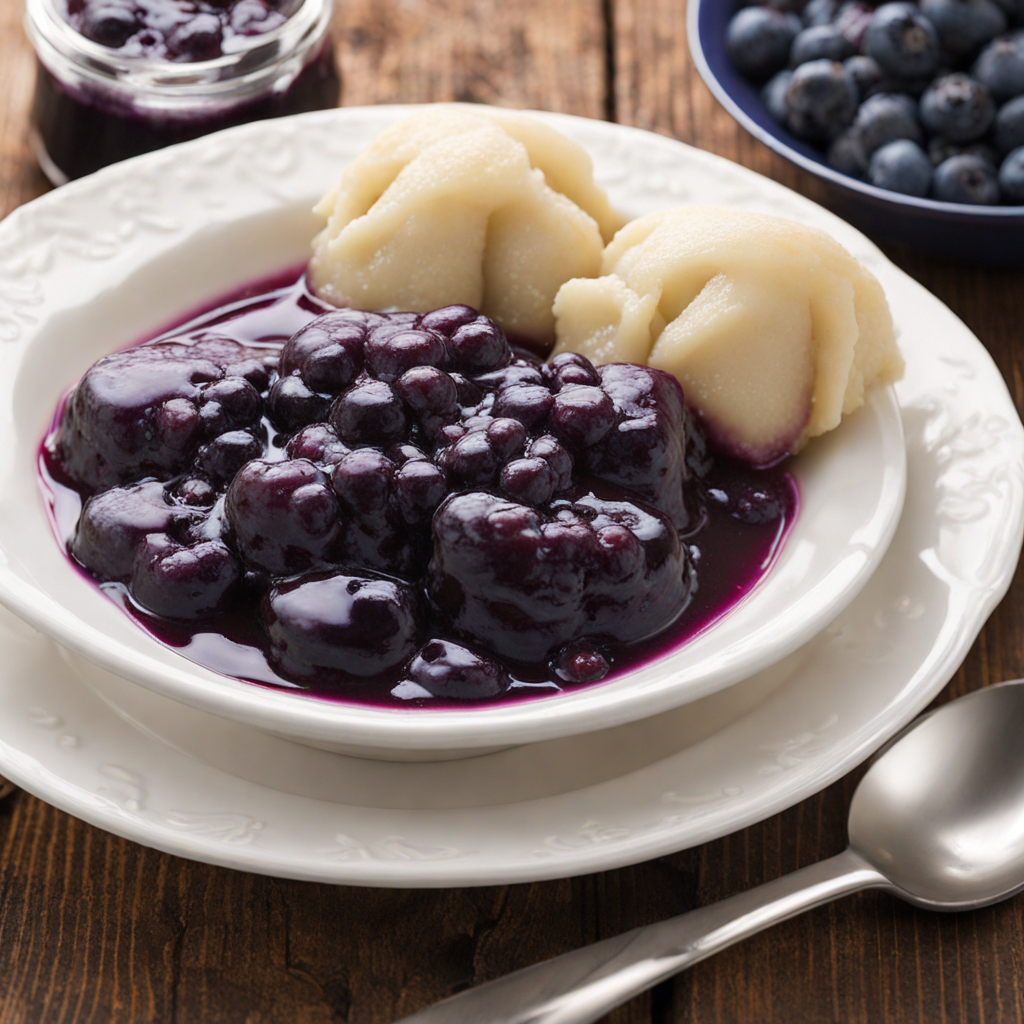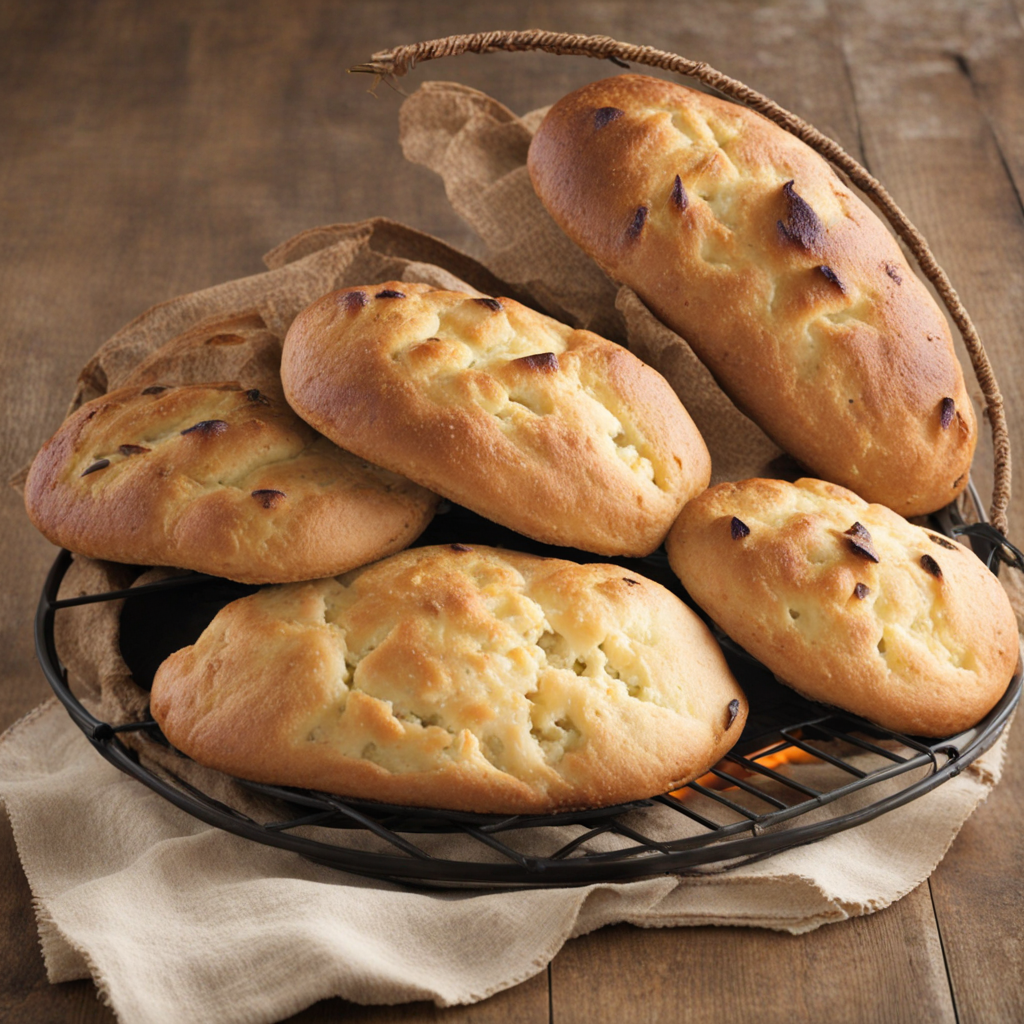Cod Tongues
Cod tongues are a unique and delicately flavored delicacy originating from the cold waters off the coast of Newfoundland, Canada. Despite their name, these morsels are not actually the tongues of the fish but rather a specific part of the cod, often described as the muscle that lies beneath the fish’s jaw. They possess a tender and slightly gelatinous texture that is unlike any other seafood, making them a sought-after treat for adventurous eaters looking to explore the depths of Canadian cuisine. When cooked, cod tongues have a subtle flavor reminiscent of the sea, complemented by a rich, buttery essence that captivates the palate. Traditionally, cod tongues are prepared by breading and frying, resulting in a crispy exterior that contrasts beautifully with their soft interior. This cooking method allows the natural flavors of the fish to shine while adding a delightful crunch. Accompanying sauces, often tangy or creamy, enhance the experience, providing a balance to the rich taste of the tongues. Cod tongues are often served as an appetizer or part of a seafood platter, inviting diners to savor this unusual yet delicious offering in a communal setting. For those keen to discover new tastes, cod tongues present a culinary adventure that transports you to the rugged shores of Canada. Their unique combination of texture and flavor, along with the cultural significance they hold in Newfoundland, makes them an exciting dish to try. Whether enjoyed at a local fish fry or prepared at home with a touch of creativity, cod tongues are sure to intrigue anyone willing to expand their culinary horizons and dive into the lesser-known treasures of Canadian gastronomy.
How It Became This Dish
Langues de Morue: A Culinary Journey Through Canada’s Maritime Heritage Langues de morue, or cod tongues, is a fascinating and unique delicacy that originates from the coastal regions of Canada, particularly the provinces of Newfoundland and Labrador. This dish, which features the tongues of the cod fish, is a testament to the deep-rooted traditions of fishing and food preservation that have shaped the culinary landscape of the Canadian East Coast. To fully appreciate the significance of this dish, we must delve into its origins, cultural implications, and its evolution over time. Origins: The Bounty of the Sea The history of langes de morue is intrinsically linked to the North Atlantic cod fishery, one of the most vital economic activities for Canadian coastal communities. Cod has been a staple food source for centuries, with indigenous peoples, including the Beothuk and Mi’kmaq, relying on it long before European colonization. The arrival of European explorers in the late 15th century marked a turning point in the exploitation of this fishery. The abundance of cod in the waters surrounding Newfoundland and Labrador attracted fishermen from England, France, and Portugal. Historically, every part of the cod was utilized, from its flesh to its liver, and yes, even its tongue. The term "tongue" in this context refers not only to the actual organ but also to the surrounding meat that is found on the fish's lower jaw. This part is often overlooked and considered a byproduct, but in Newfoundland, it has been embraced as a delicacy. Cooking and Preparation Langues de morue is traditionally prepared by first cleaning and cooking the tongues. Chefs often choose to pan-fry them, resulting in a crispy exterior while maintaining a moist and tender interior. The dish is typically seasoned simply with salt and pepper, allowing the natural flavors of the fish to shine. It can be served alongside traditional sides such as potatoes or served with a homemade tartar sauce, making it a versatile addition to any meal. The preparation methods have been passed down through generations, often shared among families as a means of preserving cultural heritage. The dish is not just a meal; it embodies the resourcefulness and creativity of coastal communities that have relied on the ocean for sustenance. Cultural Significance Langues de morue holds a special place in the hearts of many Newfoundlanders. It is more than just a dish; it is a symbol of regional identity and community. For generations, fishers and their families have gathered to celebrate the catch of the day, and cod tongues often feature prominently in these communal meals. The significance of this dish extends beyond its culinary appeal. It reflects the harsh realities of life in coastal communities, where the economy has historically revolved around fishing. The reliance on cod fishing has shaped social structures, traditions, and even language in these regions. Langues de morue is often served during gatherings such as kitchen parties, where stories are shared, songs are sung, and the bonds of community are strengthened. Moreover, the dish has been embraced as a cultural artifact, celebrated in local culinary festivals and events. It serves as a reminder of both the bounty of the sea and the importance of sustainable fishing practices. As cod populations have faced threats from overfishing, the culinary heritage surrounding cod tongues has prompted discussions about environmental conservation and the future of fishing communities. Evolution Over Time The history of langes de morue is not without its challenges. The decline of the North Atlantic cod fishery in the late 20th century, primarily due to overfishing, had devastating effects on coastal communities. In 1992, the Canadian government imposed a moratorium on cod fishing, leading to widespread economic hardship and a significant loss of cultural practices associated with cod fishing, including the preparation and consumption of cod tongues. However, in recent years, there has been a revival of interest in traditional foods and sustainable practices. Chefs and home cooks alike have sought to reclaim and celebrate the culinary heritage of Newfoundland and Labrador. Langues de morue has seen a resurgence in popularity as chefs experiment with new cooking techniques and incorporate it into modern menus, sometimes pairing it with contemporary ingredients or global flavors. Additionally, the rise of the farm-to-table movement and increased awareness of local food sourcing have contributed to a renewed appreciation for traditional dishes like cod tongues. Many restaurants now emphasize the use of locally sourced ingredients, recognizing the value of supporting local fishermen and preserving culinary traditions. Conclusion: A Culinary Legacy Langues de morue remains a cherished dish in Newfoundland and Labrador, symbolizing the resilience and creativity of communities that have depended on the sea for generations. Its evolution from a simple byproduct of the fishing industry to a celebrated delicacy reflects the broader story of Canadian coastal culture. As the culinary landscape continues to evolve, the legacy of langes de morue endures. It serves as a reminder of the importance of sustainability and respect for the ocean’s resources while celebrating the rich tapestry of traditions that define Canada’s maritime identity. Today, as diners savor the crispy, tender bites of cod tongues, they partake not only in a meal but also in a rich history that connects them to the generations of people who have come before them, shaping the vibrant culture of Canada’s East Coast.
You may like
Discover local flavors from Canada


